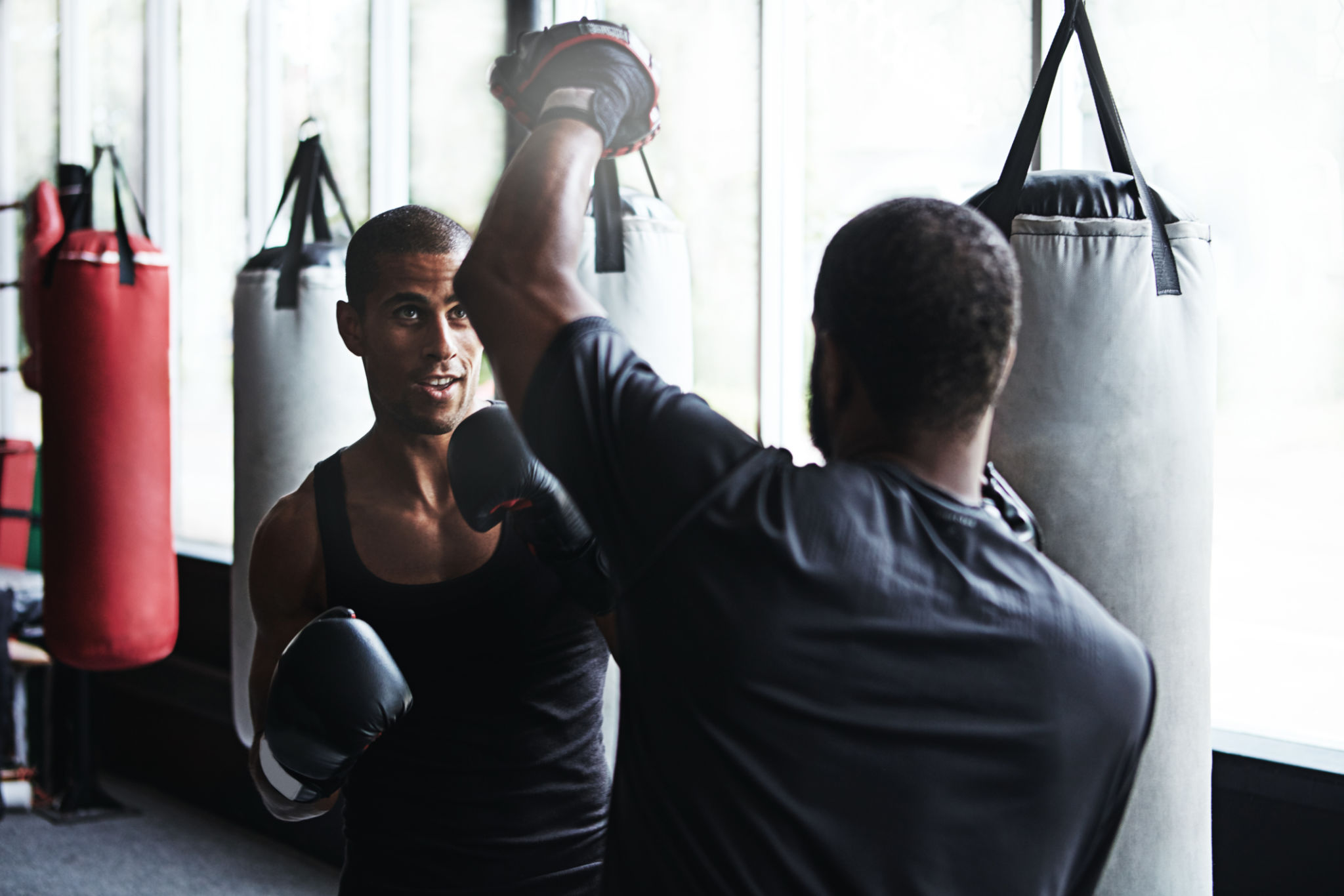Mastering Boxing Techniques: A Comprehensive Guide for Beginners
Understanding the Basics of Boxing
Boxing, a celebrated combat sport, combines the finesse of skill, strategy, and physical fitness. For beginners, mastering boxing techniques begins with understanding the basics. From stance to punches, each component plays a critical role in developing a strong foundation.
The first step in boxing is learning the proper stance. A good stance provides balance, improves defense, and enhances punching power. Stand with your feet shoulder-width apart, one foot slightly forward, and keep your knees slightly bent. This position allows swift movements while maintaining stability.

Equally important is mastering basic punches. There are four fundamental punches: jab, cross, hook, and uppercut. Start with the jab, a quick and straight punch thrown with your lead hand. This punch sets the pace and distance for other attacks. Practice each punch slowly to ensure proper form before increasing speed.
Developing Defensive Skills
Defense is as vital as offense in boxing. Developing defensive skills will help you avoid taking damage and create opportunities for counterattacks. Key defensive techniques include slipping, bobbing and weaving, and blocking.
Slipping involves moving your head to avoid an incoming punch while maintaining your stance. Bobbing and weaving allow you to duck under punches and move to the side. Blocking uses your arms to absorb the impact of punches, keeping you protected.

Practice these defensive maneuvers regularly to enhance your reflexes and awareness. A solid defense not only protects you but also opens up chances to launch effective counterattacks.
Building Physical Fitness
A comprehensive boxing training program should also focus on building physical fitness. Endurance, strength, and agility are critical components that will enhance your performance in the ring. Incorporate cardio exercises like running or jump rope into your routine to improve stamina.

Additionally, strength training is essential for power and resilience. Exercises like push-ups, squats, and sit-ups help build the necessary muscle groups used in boxing. Flexibility exercises such as stretching can prevent injuries and improve movement efficiency.
Improving Footwork
Footwork is a crucial yet often overlooked aspect of boxing. Good footwork allows you to maintain balance, create angles for attack, and evade opponents' strikes. Practice moving forward, backward, and side-to-side while maintaining your stance.
Incorporate drills like shadowboxing to simulate real fight scenarios. This exercise will improve your coordination, speed, and ability to make quick adjustments during a match.

Remember, effective footwork can make the difference between landing a punch or missing an opportunity.
Mental Preparation and Strategy
Beyond physical prowess, boxing requires mental fortitude and strategic thinking. Understanding your opponent’s style and adapting your tactics can give you an edge in the ring. Visualizing various fight scenarios can help prepare you mentally for different situations.
Stay focused and remain calm under pressure. Confidence and mental resilience are crucial attributes that will help you persevere through tough bouts.

By honing both mental and physical skills, beginners can set a strong foundation for mastering boxing techniques and achieving success in the sport.